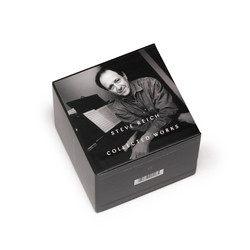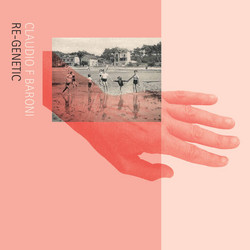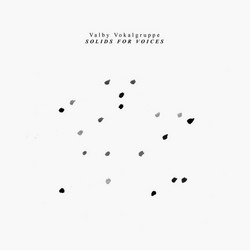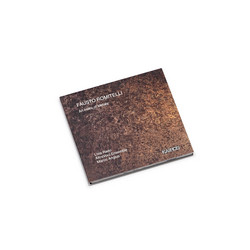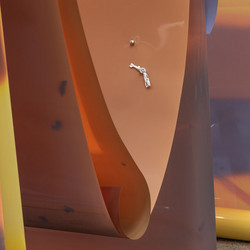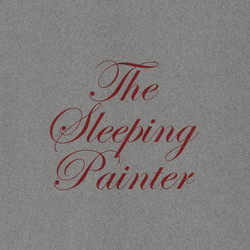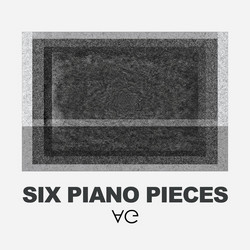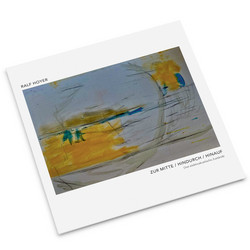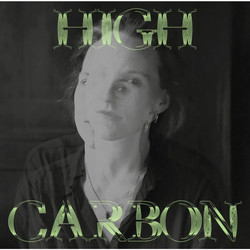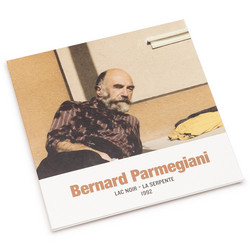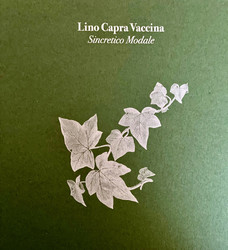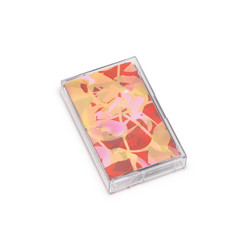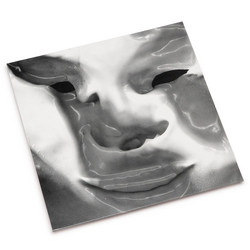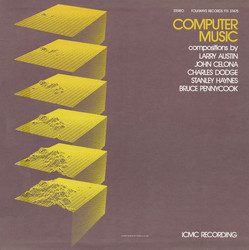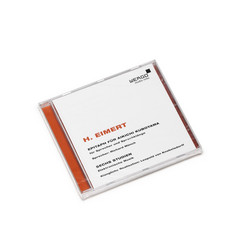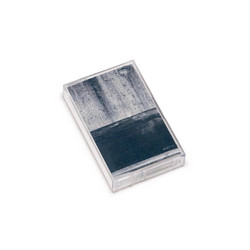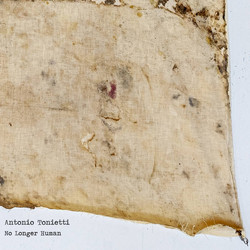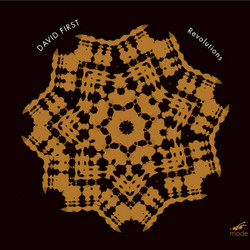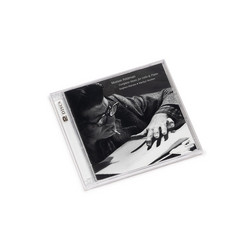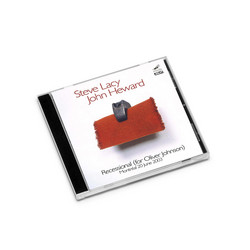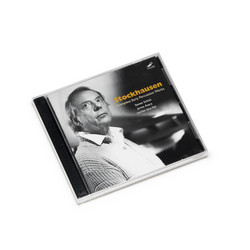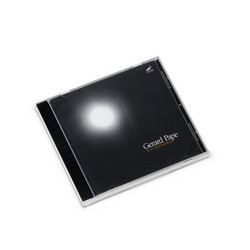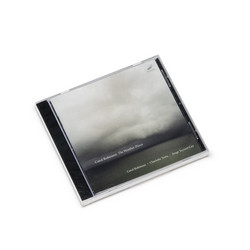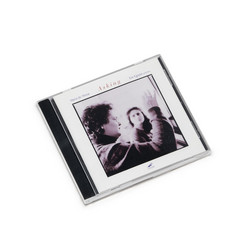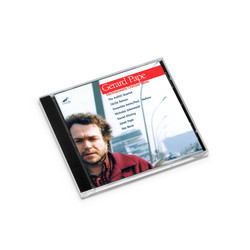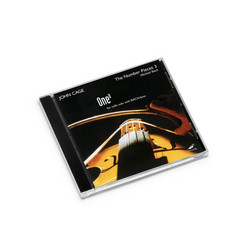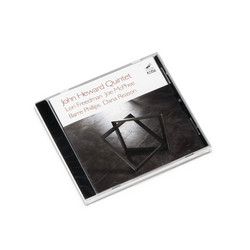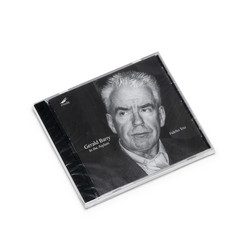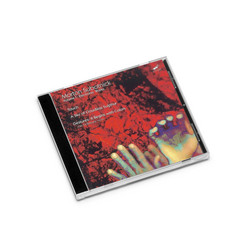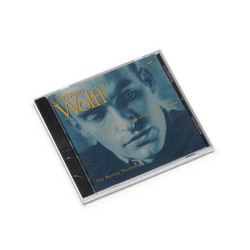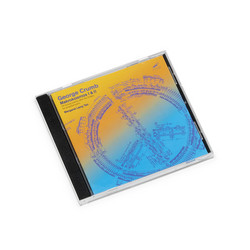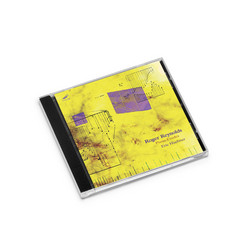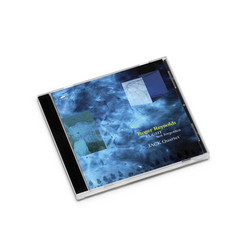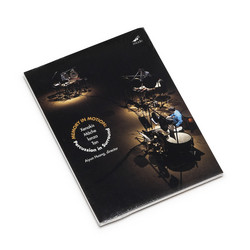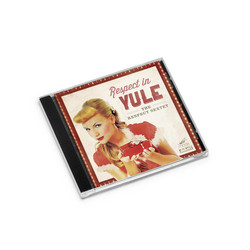It is refreshing to note that Mode Records gets into the endeavor of issuing new CDs with electroacoustic music. We have labels solely issuing this brand of music (which within its – artificial – borders harbor many different styles and idioms), like for instance INA (INA – GRM: Groupe de Recherches Musicales), empreintes DIGITALes and so forth, but I feel it important that the electroacoustic music – also including the electronic music in purer forms – is embraced by labels indulging in a more varied output, like for example Hat Hut Records, or this renowned label, Mode Records.
Paul Koonce (1956) writes: “Consider those remarkable moments when everyday sounds, similar in structure but different in function, coincide – the phone that rings through the trill of a Mozart piano cadence; the baby whose cry follows the meandering squeak of a nearby door. The coincidence of similar sounds creates double takes that draw us back to our senses and into the intrinsic beauty of sound.”
The first piece on Paul Koonce’s CD – “Walkabout” (1998) – deals with just that, so well described by the composer, when the morpheme of the vibration drifts between sounds of completely different origin and meaning, to the effect of freeing the sound from its carrier, letting it loose in a loftier part of our minds, where imagination and fairytales prosper. So be it!
Koonce is very talented in arranging these fleeting sonic morphemes so that they rid themselves of their chains of meaning, their weighty cloths of reason, of direction, of purpose. It all starts with a cough on a busy street, with cars and the subterranean murmur of a passing subway, but pretty darn soon you’re not so sure anymore; the car horns suddenly take a seat in a symphony orchestra, turned into trumpets or violins, and even those artificial, i.e. lured out of synthesizers, and what happens is a drifting motion, bulging, swaying, right into the realm of fairytales, enchanted cityscapes, cartoon figures and sudden loopholes in existence. It could be like this: You’re walking down that familiar big city street, when you notice, in the corner of your eye, how one of the houses has taken on the look of a comic strip house, with protruding upper floors, obviously painted in watercolor, etcetera. The further you walk, the more houses are cartoon houses, and just a few buildings remain “real”. It’s a scary experience, and as you turn back into the center of the city, more and more of the environment is real. This sliding, frightening effect takes place in “Walkabout”, inside the music – and its handled with incisive precision, down to the last bar… The whole piece is made up of mistaken identities!
“Hothouse” (1992) is a more indefinable electroacoustic piece, which none the less obviously revels in the hilarious combinatory wonders of sound that are possible in today’s digital workshop. It is hard to leave the meaning of sound behind and just handle – while listening – the sounds as anonymous objects, but it is rewarding to try. In that perspective it is possible – if possible! – to listen in two completely different ways to “Hothouse”. You can try to identify all the sounds – or most of them; and you will be very busy, because the sounds are fast as the flickering of a malfunctioning TV screen – or you can try to just flow with the flow, registering pitches, timbres, rhythms, patterns; and I believe this is the most rewarding way to approach Paul Koonce’s electroacoustics, just like loosing yourself in an abstract painting. I’m not sure which painter I could compare Koonce’s sound art with. I know I found a good similarity between New York composer Larry Kucharz’s semi-techno explorations and the geometry of Mondrian’s paintings. That correlation was very obvious. Koonce, though, is obsessed with the detail, the ever-changing detail, which at times suddenly grows grotesquely as the composer composes through his macro lens. Perhaps Miró would be a fitting cross-arts partner – or maybe Klee? Yes, one of them, probably. They painted with paint like Koonce paints with sound.
“Pins” (1996) evolved out of the pinball machine you find in the neighborhood arcade. Blips and blops get the piece on the way, but within seconds your head is mangled with children’s laughter, the metallic grinding sound of shifting weights – and then just this feast at the table of sonics – I find no better way to describe it. Maybe this piece – with its more poetic composure, with many musique concrète ingredients – is one of the few U.S. pieces with a French touch – or a Canadian touch. Usually I’ve found U.S. electroacoustics to be more flashy, polished, synt-focussed, whereas “Pins” has more in common with the French tradition; a rarity in America! The web is so rich, the sequence so diverse that a description of the music can only be very chancy, insufficient – and that is – from me – sheer praise. Later on in the piece things relax more, and a sound reminiscent of some kind of sparse precipitation rules for a good while – and that, my friends, is very French! This piece surprised me a good deal, for the better!
I’ll let Paul Koonce describe the last piece – “The Flywheel Dream” (1994) himself: “The Flywheel Dream is staged in the nether world betwixt waking and sleeping, where the dreaming mind, beset with a host of invading domestic sounds, finds solace in a creativity that turns disturbance into invention just to forget. To this, the conceit of the mediating flywheel, well or misunderstood in its caste position, is a conceit made not out of the dreams it might wish, nor those we might romanticize upon it, but of the torment of the dream, its invention, and the flywheel it seeks.” Again a torment of sounds fall over us like a bookcase full of heavy volumes hitting us on its way towards the floor. Right away it gets smoother, but you’re in a cave where water is dripping and someone is moaning, and a battering beat starts up while the moaning continues and a mechanical typewriter is heard at police station speed, i.e. very slow… Industrial sounds mix with birds, trucks and Hendrix guitars, and I can’t find any structure at all in this, except the musical, sounding statement that anything is possible, as dogs bark and bells ring and birds sing and children laugh, as a dog comes near and breathes hard in a panning movement. A cat in heat sounds irritating (if you ever lived with a cat) – and this crazy mix continues down the line, at the whim of the composer. Some gamelan type of glass music feels beautiful as it repeats, letting you rest in the sound for a while…
So… this CD is very interesting – sometimes outright surprising – but it lacks structure or theme (as if the composer couldn’t decide what to do, and just did it all) – if that maybe wasn’t what Koonce aimed at…You never know…and maybe, as I said, the best way to enjoy it is to stop identifying the sounds and just enjoy their properties; timbres, rhythms, pitches, fragrances, colors…
— Ingvar Loco Nordin, Sonoloco online review

